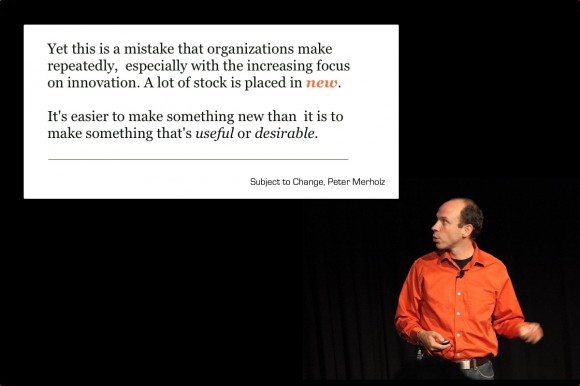
"Yet this is a mistake that organizations make repeatedly, especially with the increasing focus on innovation. A lot of stock is placed in "new." It's easier to make something new than it is to make something that's useful or desirable."
Źródło: Subject to Change: Creating Great Products & Services for an Uncertain World: Adaptive Path on Design, Peter Merholz, Todd Wilkens, Brandon Schauer, David Verba
Autor zdjęcia: Robert Drózd
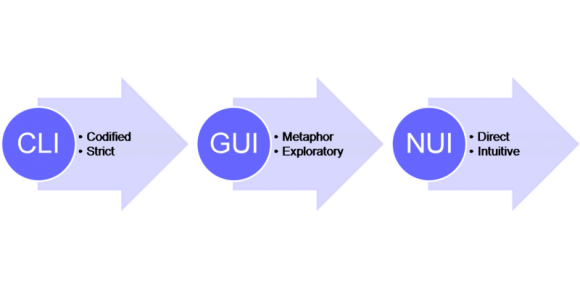
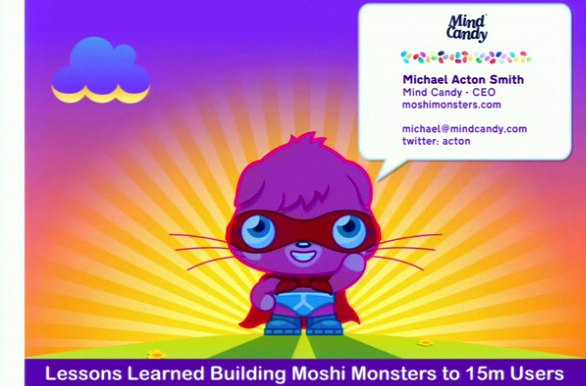
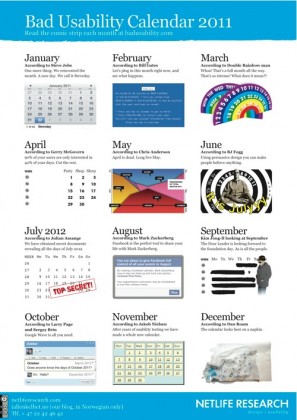
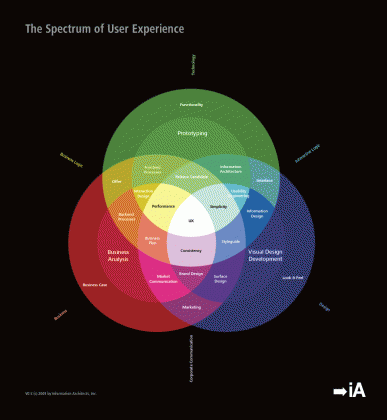
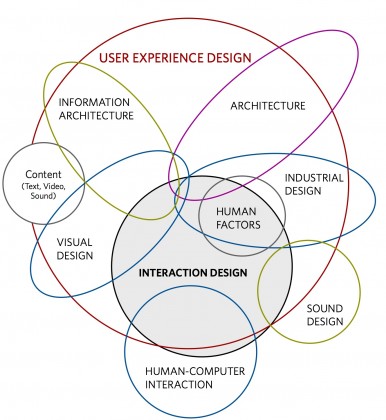





Recent Comments